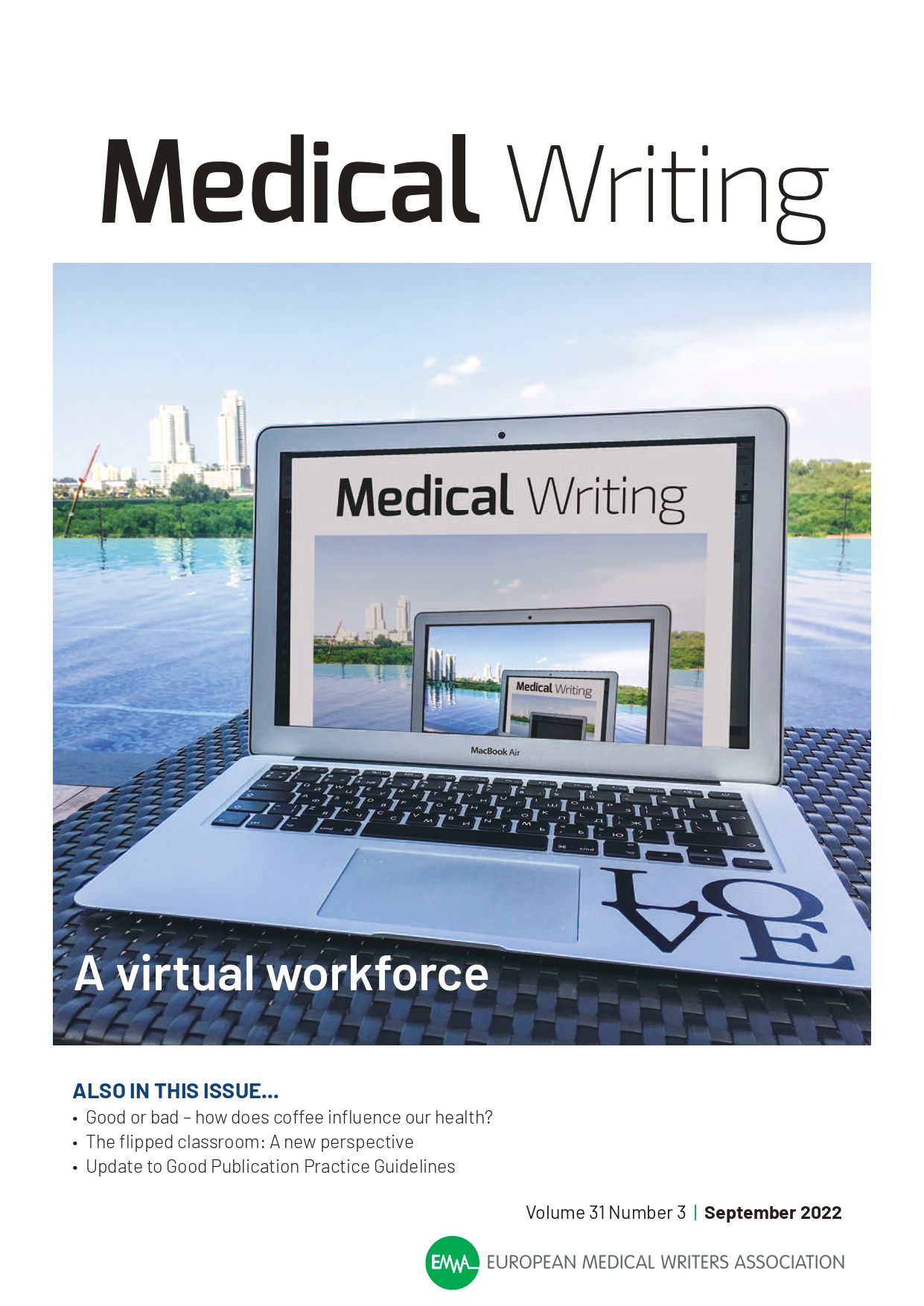
Volume 31, Issue 3 - A Virtual Workforce
Changes to working practices in medical communications during the COVID-19 pandemic: Insights from two surveys
Authors: Timothy C. Hardman, Catherine Lee, Peter Llewellyn, Steven Walker
Abstract
Successive waves of COVID-19 have altered opinions and working practices. We conducted a survey in early 2020 among 759 members of the medical communications community, recruited via our network, seeking their experiences, opinions, and insights. The survey was repeated 13 months later (N=925 respondents) using similar methodology. In both surveys respondents had a generally positive attitude to home working and appreciation for the lack of commute and time saved. In contrast, distractions in the home, inability to “switch off” at the end of the day, and concerns about potential impact on career development and/or connections with colleagues were highlighted. Notable findings include working longer hours as the pandemic progressed and an increase in feelings of isolation and loneliness in comparison to before the pandemic. Companies generally appear not to have used the time since the start of the pandemic to formally define home or hybrid working, including consideration of workplace health and safety requirements.
Medical Writing. 2022;31(3)10-23. https://doi.org/10.56012/ejbj4872
 Download the full article
Download the full article
Search
Articles
Links
Editoral Board
Editor-in-Chief
Co-Editors
Managing Editor
Victoria White
Deputy Managing Editor
Alicia Brooks Waltman
Associate Editors
Section Editors
AI/Automation
Biotechnology
Digital Communication
EMWA News
Freelancing
Gained in Translation
Getting Your Foot in the Door
Good Writing Practice
Pablo Izquierdo / Alison McIntosh
In the Bookstores
Publications
Medical Communications/Writing for Patients
Medical Devices
My First Medical Writing
News from the EMA
Pharmacovigilance
Regulatory Matters
Regulatory Public Disclosure
Louisa Ludwig-Begall / Sarah Kabani
The Crofter: Sustainable Communications
Veterinary Writing
Editors Emeritus
Layout Designer
Chris Monk
 Visit the EMWA website
Visit the EMWA website